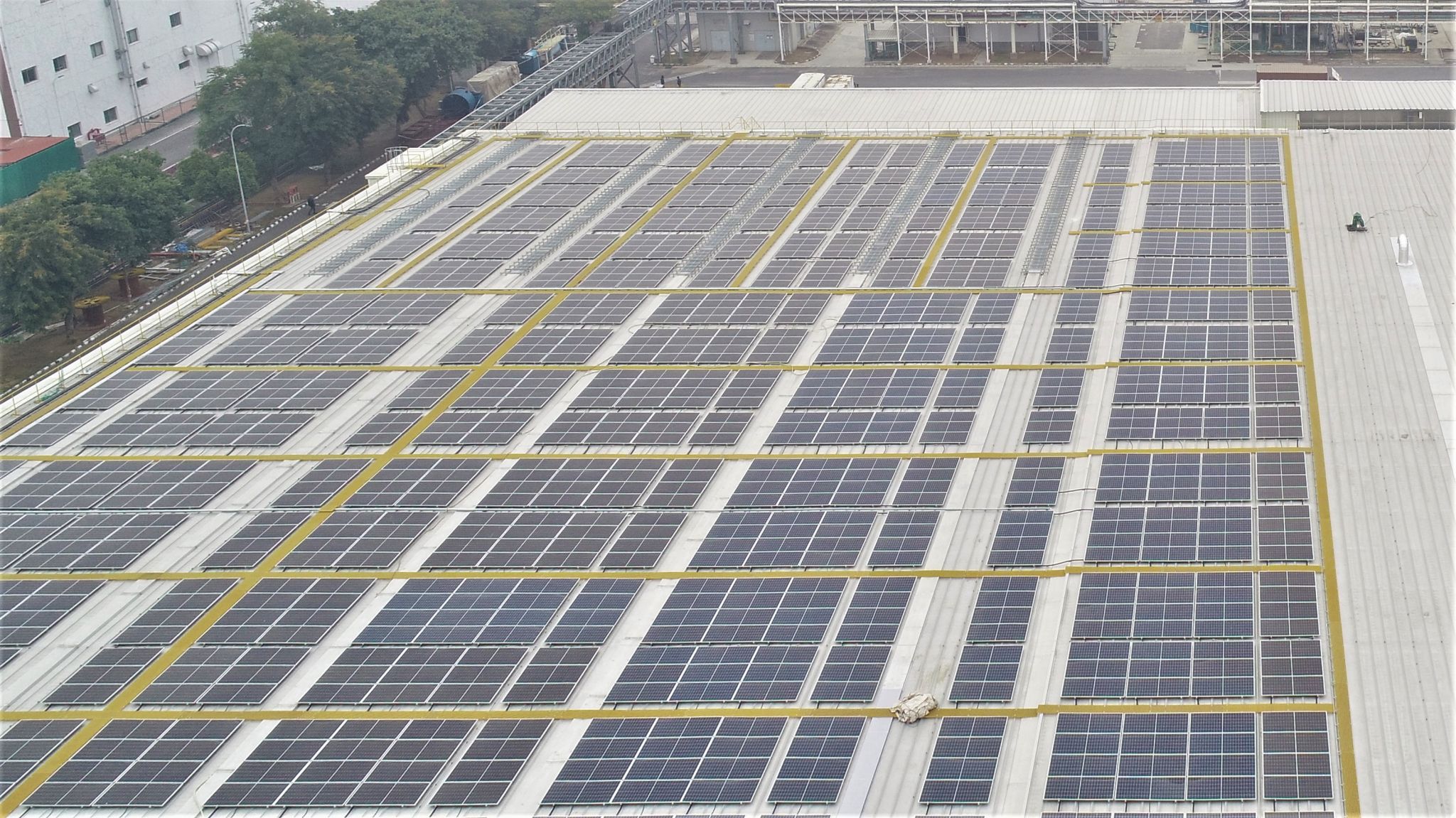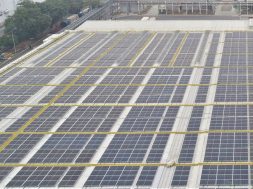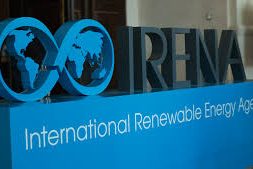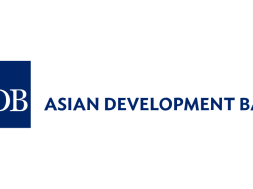
In Short : The Indian government is strengthening its renewable energy push by encouraging local manufacturing of solar modules, wind turbines, and key components. Through incentives like the PLI scheme, it aims to reduce import dependency, create jobs, and boost innovation. This strategy supports energy security, strengthens supply chains, and positions India as a global leader in clean energy manufacturing.
In Detail : The Indian government is intensifying efforts to boost renewable energy by focusing on domestic manufacturing. With the clean energy sector expanding rapidly, policymakers are pushing to strengthen local supply chains and reduce reliance on imports. This initiative is expected to accelerate India’s goal of achieving 500 GW of renewable capacity by 2030.
To achieve this, schemes like the Production Linked Incentive (PLI) program have been introduced. These policies provide financial incentives to manufacturers producing solar modules, wind turbines, and energy storage solutions. The aim is to attract investment, enhance competitiveness, and build a robust domestic ecosystem for renewable energy equipment.
India currently imports a significant portion of solar modules, particularly from China. This heavy reliance poses risks of supply disruptions and fluctuating prices. By expanding local production, the government intends to secure long-term stability in renewable projects while promoting self-reliance under the Atmanirbhar Bharat initiative.
The push for local manufacturing is also expected to create thousands of new jobs. From factory workers to engineers and technicians, the renewable energy sector could generate employment across multiple levels. This aligns with the government’s strategy to boost industrial growth while supporting sustainable development.
Experts highlight that developing domestic capacity will also drive technological advancements. Companies investing in R\&D are likely to introduce innovations that enhance efficiency and reduce costs. With global demand for renewable technology rising, India could eventually position itself as a leading exporter of clean energy solutions.
The wind energy sector is also gaining attention under this policy shift. Domestic firms are encouraged to scale up production of turbines, blades, and components to meet future project demands. This approach reduces dependence on foreign players and strengthens India’s standing as a reliable renewable energy hub.
In addition to solar and wind, the government is focusing on energy storage technologies. Battery manufacturing and green hydrogen infrastructure are being prioritized, recognizing their critical role in supporting grid stability and future energy needs. Incentives are designed to attract large-scale investments in these areas.
Renewable developers believe that local manufacturing will reduce project delays and bring cost efficiencies. The availability of homegrown modules and components is expected to streamline operations, cut logistics expenses, and ensure smoother execution of large-scale solar and wind projects.
With these policies, India is laying the foundation for a clean energy-driven economy. The strategy not only supports climate goals but also strengthens industrial resilience. By focusing on self-reliance and innovation, India is set to emerge as a key player in the global renewable energy transition.













